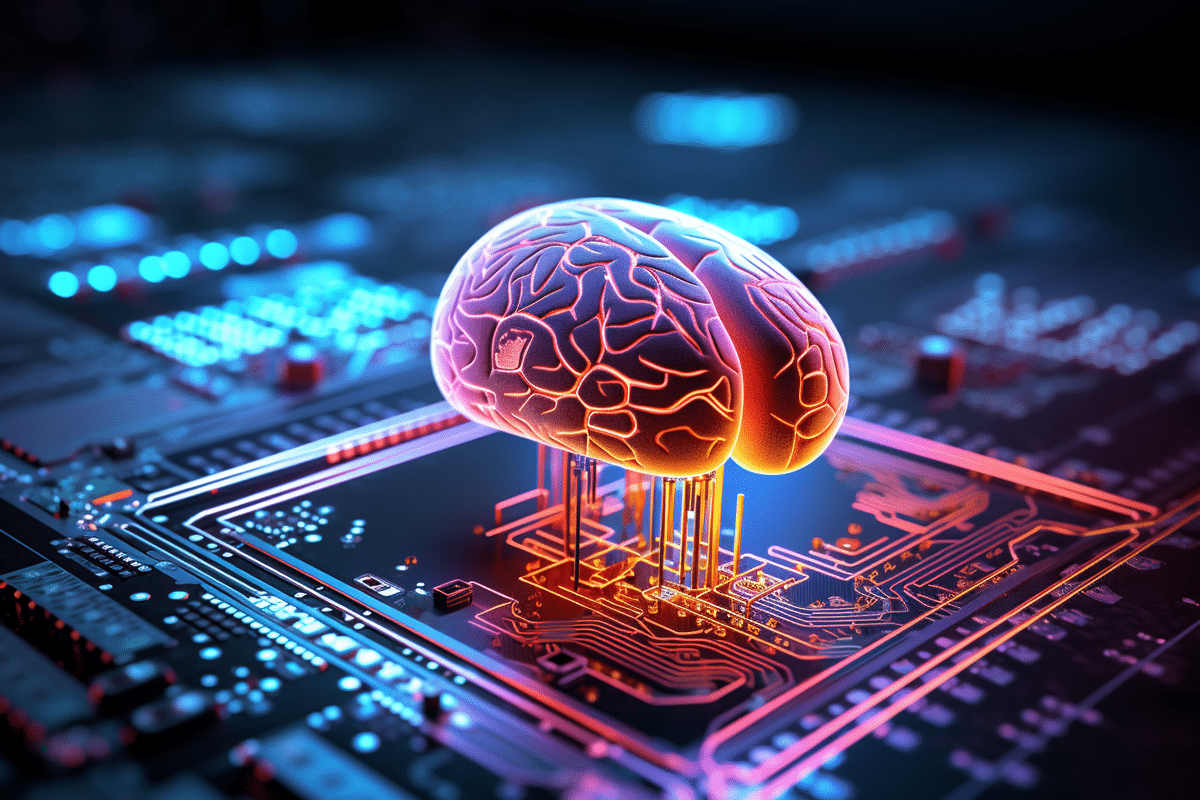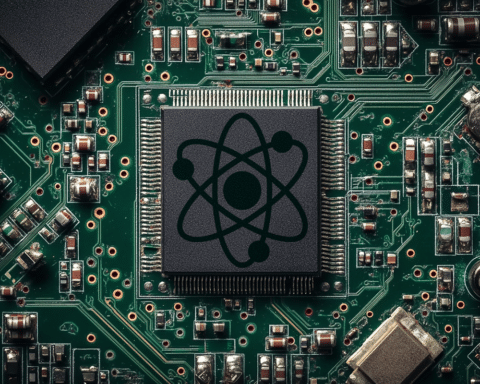Human consciousness is one of the greatest mysteries of science. While we have the ability to alter or temporarily “turn off” consciousness with anesthetics, the fundamental question of how it arises remains unanswered. Researchers have long debated whether consciousness is the result of information integration within the brain, or whether it stems from the sharing of information across different brain regions. But a more radical hypothesis, proposed by physicist Roger Penrose in 1989, has gained renewed attention: could consciousness arise from quantum entanglement?
Penrose’s theory suggests that human consciousness is not like the operations of a traditional computer but instead may involve quantum processes—specifically quantum entanglement. In this view, the human mind would solve complex problems that classical computers cannot, such as non-computable numbers and Gödel sentences. Penrose proposed that quantum entanglement, a phenomenon where particles become linked and share information in ways that classical physics cannot explain, could be the key to understanding how we experience consciousness. While his theory was initially met with doubt, recent advancements have revived interest in scientific communities.
One major challenge with Penrose’s idea has always been the fragile nature of quantum entanglement. Quantum states are typically very delicate, easily disrupted by even slight changes in temperature or environment. The human brain, however, operates in a warm, complex environment, making it hard to see how quantum states could survive long enough to play a role in consciousness. Despite this, researchers have identified a potential solution—microtubules within neurons. These microscopic structures may offer a stable environment for quantum entanglement to occur, allowing it to persist in the brain.
In fact, recent research has shown promising signs that microtubules could be involved in consciousness. One experiment involved administering microtubule-binding drugs to rats, which delayed the onset of anesthesia. This suggested that the microtubules might play a critical role in the conscious experience. However, this finding is still preliminary, and more research is needed to fully understand the link between microtubules and consciousness.
Meanwhile, a more ambitious project is underway to test whether consciousness is, indeed, a quantum phenomenon. A team of scientists, including Hartmut Neven, head of Google’s Quantum AI lab, is proposing a novel experiment that would aim to directly couple the human brain to a quantum computer. By establishing a physical interface between the two systems, the researchers believe they could create a quantum superposition that spans both the brain and the quantum computer, allowing for a richer, expanded conscious experience.
This idea is based on the hypothesis that consciousness could arise not at the point of superposition collapse, as Penrose initially suggested, but rather when the superposition forms. In this case, coupling the brain to a quantum computer could allow for a larger, more complex superposition involving both the brain and the quantum computer’s qubits. According to the researchers, this expanded superposition would manifest as a richer, more detailed conscious experience, requiring more “bits” to describe it than a typical human experience would.
The process, known as the “expansion protocol,” involves entangling qubits in the brain with those in a quantum computer, allowing the two systems to interact in a way that could lead to an enhanced form of consciousness. The idea is that if this experiment leads to reports of significantly enhanced or expanded experiences, it could provide compelling evidence that consciousness itself is indeed a quantum phenomenon.
While this concept is intriguing, it faces significant hurdles. First and foremost, the invasive nature of the experiment, which would require a direct connection between the human brain and a quantum computer, makes it a highly challenging undertaking. Such procedures are not feasible in the near future and would raise ethical and practical concerns. Additionally, there are many other theories on consciousness, some of which do not require such invasive techniques. For instance, research into inert gases like xenon and their effect on consciousness could provide more immediate insights.
Despite these obstacles, the idea that consciousness could be linked to quantum processes continues to capture the imagination of researchers and may one day offer new perspectives on one of the deepest mysteries of the human experience. For now, as scientists continue to explore this uncharted territory, the pursuit of understanding consciousness remains a fascinating frontier in both neuroscience and quantum physics.



